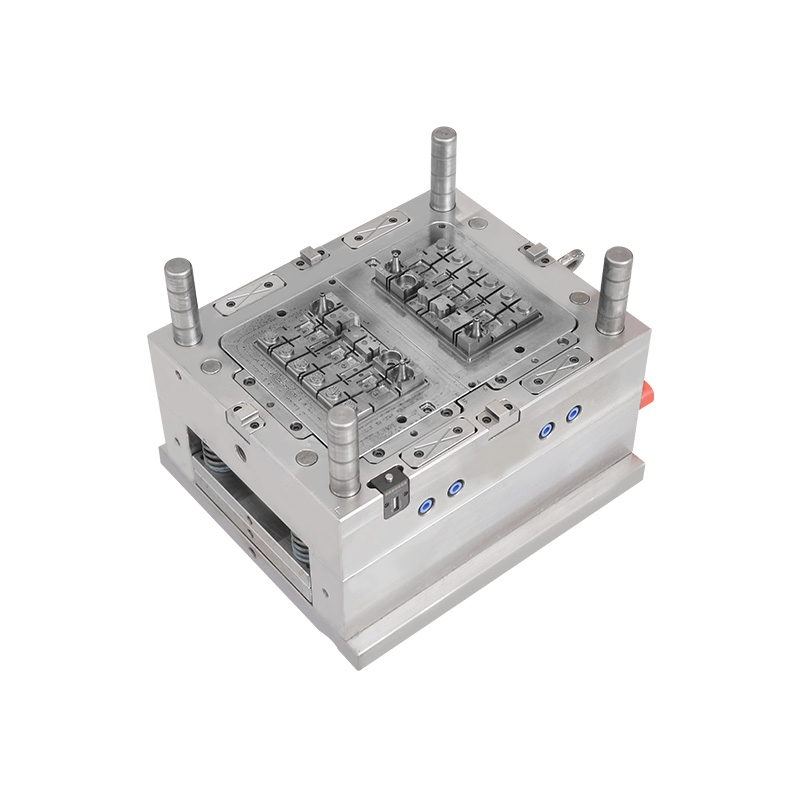Moldy toys are not just unsightly and hazardous to the health of the child. They can also pose a health threat to adults and children with allergies. It's important to clean your children's toys regularly to avoid any possible mold infections.
Many baby products have holes in them, which are ideal breeding grounds for mold. If you don't want your child to chew on these items, you can seal them using a hot glue gun. But be careful to avoid the areas where the holes are located, because it's possible that they'll collect drool and other dirt.
You can also prevent mold from growing on toys by thoroughly cleaning and drying them. You can use a dishwasher or a washing machine to wash out the toys. However, this method may not remove all of the mold, which can form if the item is not properly dried.
In addition to mold, other microbes can grow on toys, especially when they are left in damp environments. Fungi can be a problem for people with chronic illnesses such as diabetes and chronic liver disease, as well as those with immune system deficiencies.
Mold is not a major health hazard, but it can cause respiratory problems, allergies, and other side effects for children with weaker immune systems. Some of the most common symptoms are nausea, vomiting, diarrhea, and excessive sneezing. Even a small amount of mold in a toy is not likely to harm your child, but if it is present, you should clean it and throw it away.
You can also take your children's toys apart to clean them. Using a sanitizing solution, such as bleach and water, can kill off any existing mould. Then you can rinse and dry them. If you're concerned that your child's toys are a potential source of mould, you should consult a pediatrician. Your child may have an allergy to the spores that cause mold, and he or she could be allergic to the product itself. Symptoms of an allergic reaction can include coughing, itchy skin, and excess sneezing.
To make sure your child doesn't get sick, invest in new toys. While it's tempting to keep your child's old toys, it's better to spend the money on a brand new product. This way, you'll have peace of mind knowing that your little one won't become sick from playing with a rotten toy.
If your baby's toy has a squirt feature, it's possible that it contains mould. Some bath toys have holes that allow water to escape, which allows for mould to grow. Before you buy a toy, ask about the holes. Typically, squirt toys don't have large holes, so they're easier to clean.
Mold can also occur on other toys. Balls, for example, are good sources of mould. And even some plastic toys can be a source of mould. If you notice that the toy you bought for your child is getting dirty, you might want to try washing it with a warm, soapy solution.






 English
English
 中文简体
中文简体
 Español
Español















